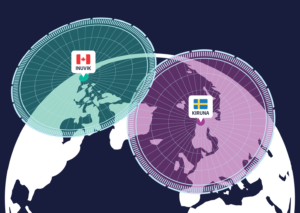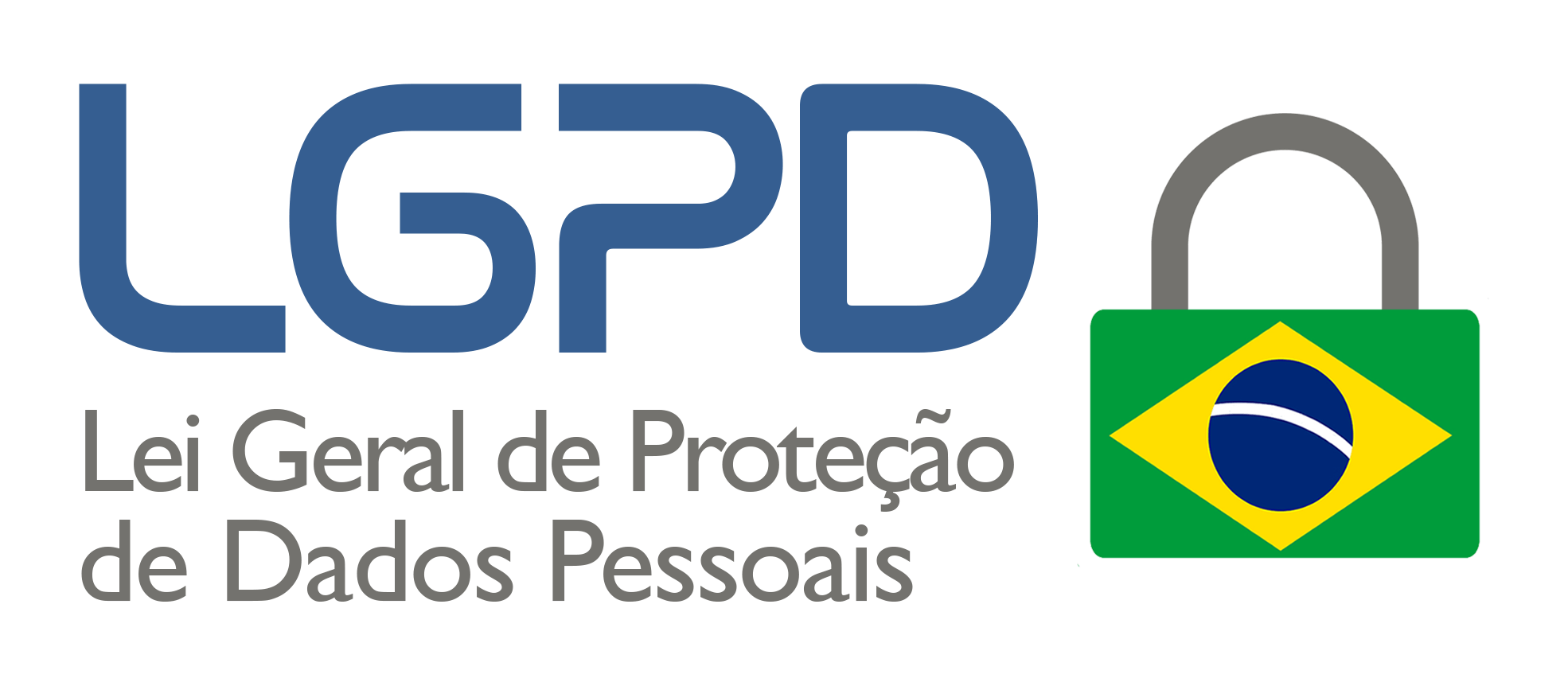GSaaS- Ground Station as a Service. GLOBAL SATELLITE GROUND SEGMENT NETWORK
When talking about cloud services, it is common to hear terms like IaaS (infrastructure as a service), PaaS (platform as a service), SaaS (software as a service) etc.
Here is one brewing up: GSaaS – Ground Station as a Service. Or Ground Segment as a Service.
Companies now want to lower the barriers to using satellite data, the same way they have lowered the barrier to using a global hyperscale computing platform – by selling ground-station access as a service. In simple terms, if you have a satellite, then you no longer have to worry about setting up infrastructure for downlink, uplink and processing of data. You don´t necessarily need to deal with setting up ground stations nor setting up antennas nor any other infrastructure investment nor configuration. All of this would be taken care through a cloud service provider, along other cloud service offering – Ground Segment as a Service.
Getting satellites into space is now cheaper and easier than ever, making them an attractive new channel for transporting the massive amounts of data that now need to be transported around the globe. Humans have been launching tons of satellites into Earth’s orbit – many more in recent years than in the past. One-fifth of the 8,000 or so objects ever hurled into space took off within the last eight years.
What hasn’t gotten cheaper are facilities on the ground for sending satellite data back and forth. Today, companies that want to use satellite data would lease ground stations, which is also a proposition that just a few can afford. In order to grab satellite data, you not only need access to ground stations. Once you download it, you need to send it somewhere to have it properly storaged, processed, analyzed.
From the Infrastructure side, Global Network Ground Segment Operators and Satellite Operators (such as SSC/ AIRBUS) are providing its own sophisticated integrated SW interfaces to online manage all on-demand customer service requests (channeling data from any satellite to any qualified location across their global resources, worldwide.
From the Cloud operators side, both Amazon Web Services (AWS) and Microsoft (Azure) are also providing integrated GSaaS booking interfaces to process satellite data in the Cloud scale, while looking for partnerships with ground infrastructure owners.
See the growing Ground Station Network of Amazon Web Services (AWS). On the other hand, see MS Azure has partnered with a Satellite operator. SES’s proven low-latency MEO managed services to be part of Microsoft’s new multi-orbit satellite connectivity integrated with Azure.
In-flight connectivity (IFC), maritime, connected cruise, mobility, and video broadcasting are examples of communication scenarios now addressed by the space industry. Satellite operators can go beyond selling network capacity, building managed services.
Small business service providers are now also able to offer new service capilarity and variety. It enables you to take full advantage of the global network and services infrastructure to build new product offerings and service chains with the edge, 5G, SD-WAN, and AI while continuously optimizing your operations and footprint.
Now it will be possible to book your time for accessing your satellite data from anywhere, to be downloaded anywhere and for the info to be processed anywhere, worldwide, close to the right network PoPs or Datacenter.
Telemetry, Tracking, and Control (TT&C)
The purpose of a TT&C system is to support missions requiring communication between satellites and ground systems. Key aspects of this include tracking the satellites, monitoring and maintaining their state of health (SOH) via telemetry data, and transmitting commands to them to achieve mission objectives. An analysis of existing systems and task flows reveals three main components to supporting TT&C services:
- Monitor Constellation – monitor the status, health, and function of a satellite constellation and the systems it relies on.
- Command Satellites – send and receive streams of data to and from a spacecraft, done using a set of commands arranged into a pass plan.
- Investigate Anomalies – investigate spacecraft alerts and anomalies, as well as analyze subsystem mnemonics, measurements, value limits, etc.
Each satellite station is unique in its characteristics with overlapping capabilities allowing stations to collaborate to offer anything from customized solutions to global tracking network applications. The ground stations are operated 24 hours per day, 365 days per year.
Ground stations must track spacecraft in order to point their antennas properly, and must account for Doppler shifting of RF frequencies due to the motion of the spacecraft. Ground stations may also perform automated ranging; ranging tones may be multiplexed with command and telemetry signals. Ground station tracking and ranging data are passed to the control center along with spacecraft telemetry, where they are often used in orbit determination.
The SSC Global Ground Segment Networks worldwide
April 6th, 2022 – In the past few years, Swedish Space Corporation has made some quick developments within its ground segment activities. To celebrate SSC’s recent upgrades, the company now gather its capabilities and related services under one branded roof: SSC CONNECT®. The name reflects, among other things, the company’s strengthened capabilities such as the launch of the market’s first global Ka-band network for EO missions, multiple investments and uprades of its ground stations and antenna capabilities, as well as the company’s leading position in Lunar connectivity.
Global satellite operation and communication solutions offers global ground station networks. That is the case of the recently launched SSC – Swedish Space Corporation – CONNECT® – the world’s largest, most flexible and dependable ground station networks. This network is controlled and monitored by Network Management Centers with locations in Sweden and in the US. SSC´s Spaceport and main Telefort is ESRANGE, close to Kiruna, in North Sweeden.
All ground station services are accessible 24 hours per day, 365 days per year. SSC and its global network of ground stations are constantly evolving with new locations and capabilities to provide services wherever the customers are.
SSC has tackled many complex issues involving TT&C activities, such as:
- The transmission of data traditionally takes place using radio frequencies. With sharply increasing data sets, the frequency space is simply not enough. The costs of transferring data also need to be reduced. New solutions must therefore be developed for the market to prosper. All in all, this puts new demands on us and other actors in the field. A higher degree of automation is necessary, as well as finding solutions that reduce the amount of data that needs to be transported without waste.
- The majority of operators TT&C activities take place when a target satellite is within contact range, but there are activities to be completed between contacts, including preparing for contact with the next satellite in the constellation. During the year 2021, the subsidiary SSC Space UK has delivered a concept of several new solutions both on board the satellites, in the ground segment and in digital wireless data transmission over long distances. The work, which is another good example of the value of international cooperation in this high-tech industry, has taken place within the framework of an ESA contract won by the SSC in 2020 and in close collaboration with the UK Space Agency.
Accomplishing all the necessary tasks during a pass (when the satellite is within contact) can require switching between many windows or workstations to access controls and information. So SSC has come up with:
The world’s most advanced polar connectivity is a result of the unique relationship between Sweden and Canada. As polar orbits grew more and more popular among satellite owners, the need for improved connectivity became a concern. To address the issue of lacking coverage capabilities, CNES and SSC decided to put in place a new form of partnership agreement and operational cooperation for doubling the LEO satellites’ contacts in the polar orbital region without doubling the investment. Together, the Esrange and Inuvik satellite stations today form what is called The Kinuvik concept – a combined use of the two stations to create a unique connectivity for polar-orbiting satellites. Today, numerous operators take benefits from This unique private-public partnership for their satellite missions.
Kinuvik provides remarkable advantages thanks to its geographical diversity:
- Optimal Arctic coverage for regular large data volume
- Longer contact time on each orbit
- Reduced risk of radio frequency interference
- Increased availability and redundancy
- Scalability of mission needs and volume maximization
with highly available Ka-band ground station services - Reduced latency
- Cost efficient

The polar expansion is central in meeting the growing demand from satellite owners who choose to operate their polar orbiting satellites through the dual use of northernly located ground stations. The new establishment is also an important part of SSC’s comprehensive frequency upgrade. In late 2021, SSC has installed Ka-band capability across its global network, making it the first company to offer a truly global commercial and multi-mission Ka-band capacity network; presently across strategic locations in Chile, Thailand, Canada and Sweden.
Immediate data processing
Ground Station provides satellite antennas in close proximity to infrastructure regions, giving you low-latency and low-cost access to services to store and process your data. This allows you to reduce data processing and analysis times for use cases like weather prediction or natural disaster imagery from hours to minutes or seconds.
Other use-case examples include faster weather predictions and near-real-time assessment of business trends across different geographic areas.
Mission Establishment Services
For the pre-mission and pre-launch phases, SSC work in close cooperation with customers to define the mission requirements and implement a ground segment solution that is a true match for the mission. At the end, customers will have a fully validated turnkey solution that works completely from a technical and operational perspective. The solutions are based on decades of experience in pre-mission activities. Coupled with unparalleled multi-mission network, this ensures that your mission will be successful from the first data-flow test to end-of-life and your next mission.
GSaaS at SSC
SSC evolves the On-Orbit service by adding automation that enables machine to machine interface allowing full automation operational concepts. Your scheduling system is now able to directly make scheduling using best IT industry practice RESTful API with SSC’s scheduling system choosing from all the antennas qualified for your mission. SSC also provides a website for your convenience to manually book passes at your own discretion. Teams of operators supervise the scheduling and oversee the passes making sure everything is done to the
highest standard. The technical interfaces are built on latest state of the art websocket and RESTful API concept.
Payload Data Services – DATA receiving & processing
With multiple antennas at each of our geographically diverse ground stations, you can downlink your satellite data directly into a region for immediate processing. Ground Station scheduling interface allows you to get your data when you need it without scheduling delays or antenna conflicts.
Via the SSC data analytics company GlobalTrust we are using the power of satellites to empower organizations, governments and companies worldwide to act ethically for a better world. Space data is used to develop and deliver sustainability strategies by embedding ethical practices into the future of decision making.
High-resolution imagery services – AIRBUS – Airbus to Provide Imagery Services that Enable IntelinAir’s Crop Analytics Platform.
See MEREGE´s SMART FARMING Business Case
Check it out for Brazilian 1st geostationary satellite (there will be 3) for both Defense and general Telecom purposes, up and running since 2017:
Business Case TELEBRAS / FAB “SGDC-1 / SGDC-2”
Further than the government & Defense constellations, The Brazilian satellite launching plans now unfolds through private launching as well, hence a complete, consistent and flexible TT&C service offer would be necessary to get along. Note that SGDC satellites count on an exclusive high-end TT&C facility that no other Brazilian private satellite could use: “SGDC-1 / SGDC-2 COPE TT&C plus gateways network”
Combining those opportunities with the best launching location in the World, it results a very attractive scenario. Please, also check it out for the ALCANTARA launching base / space center:
Business Case FAB / AEB “ALCANTARA”
Check it out for CBERS case, the long-term Brazil-China partnership for building and launching satellites, that has been running since 1988:
Business Case INPE REMOTE SENSE SATELLITE “CBERS”
Check it out for AMAZONAS-1 case, 1st satellite fully built in Brazil:
Business Case INPE REMOTE SENSING SATELLITE “AMAZONIA-1”
Check it out for CARPONIS-1 (To be launched), 1st High Resolution imaging satellite in Brazil:
Business Case FAB, HR REMOTE SENSING SATELLITE – “CARPONIS-1”
Through a combined Defense / Aerospace / Telecom effort, Brazil is developing very complex and sophisticated projects to cover its gigantic borders, both terrestrial and maritime, longest continuous frontiers in the world. Please, check it out through the cases below:
Unfolding relationships previously developed, MEREGE partners were able to quickly build a specific network that would permeates the capillarity of TELECOM & IT, plus AEROSPACE & DEFENSE sectors.
If those business opportunities would suit your interest, MEREGE would be more than glad to bridge you into this arena.
Further more, MEREGE Legal & Regulatory team has a long and vast knowledge plus the legal experience on the related sectors, hence able to help your company to set a safe and strong grip to those promissing markets.
Always count on MEREGE Consulting Partners to reach out to the right people at the right time.




